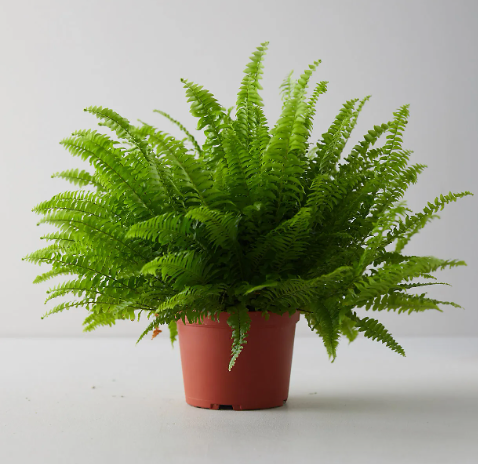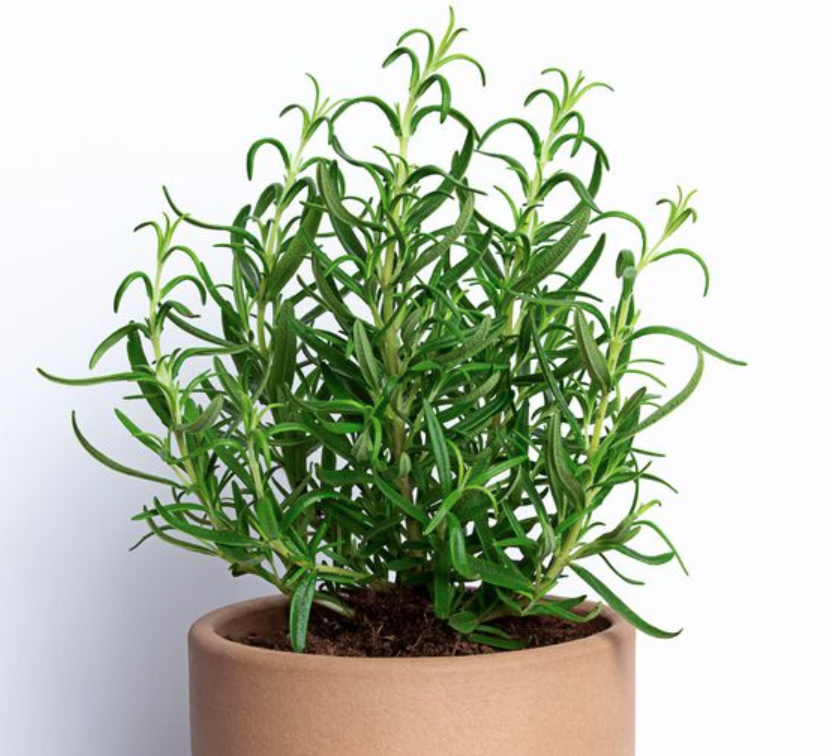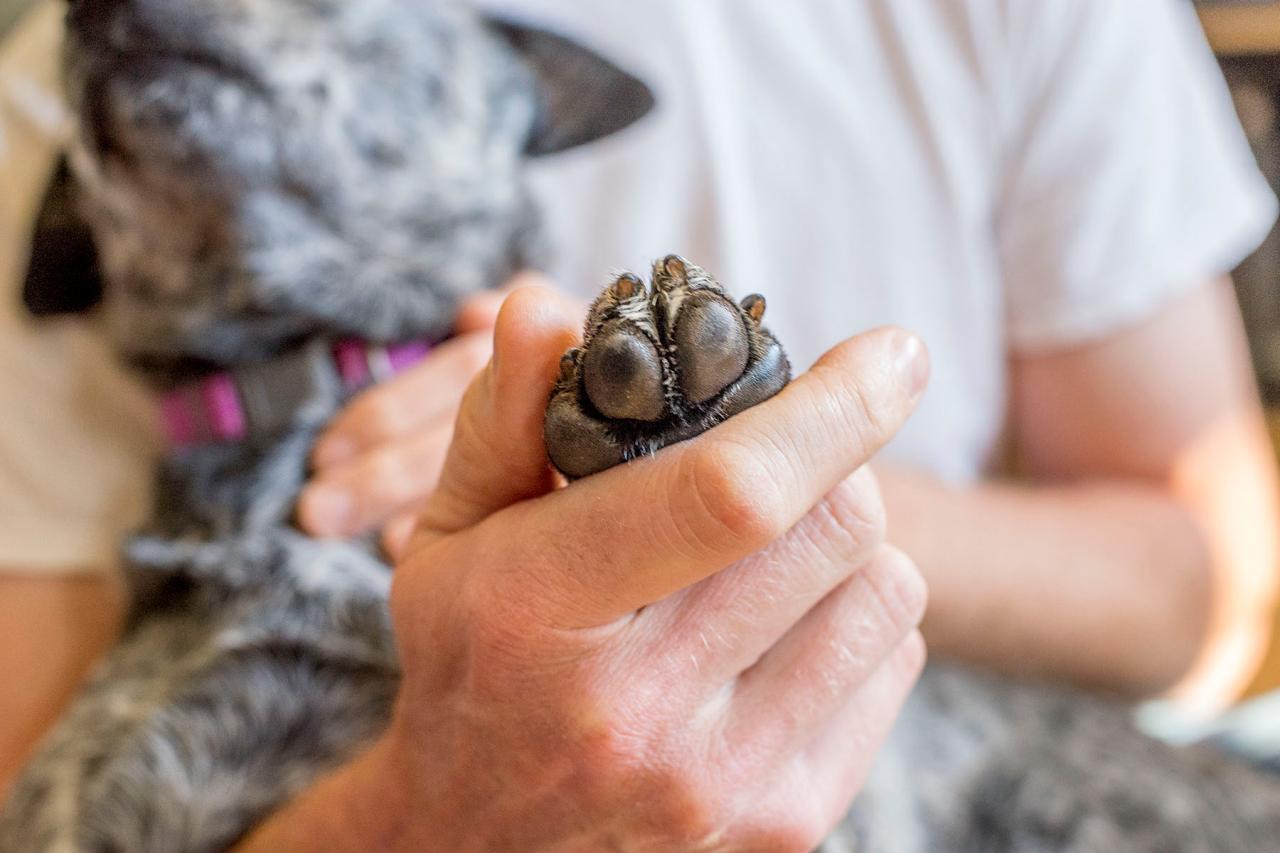As responsible pet owners, it’s up to us to make sure that our beloved animals have everything they need to live the full and happy lives in our care that they deserve.
Making sure that they have nutritious food, ample space, exercise, good veterinary care, and socialization is important but if we fail to identify the dangers some houseplants can pose to their health, we are doing our pets a disservice.
Unfortunately, some of the species of plants that we may love to have in our homes can be toxic for our pets. Not understanding which plants are safe and those that are not can be the cause of severe illness or even death if our pets have the misfortune of encountering them.
Luckily, many houseplants are wonderful additions to our homes, but are also safe to have around if we have pets. While these plants may be non-toxic, you should still do your part to train your pets to avoid eating them.
With that in mind, here are 6 safe houseplants for dogs and cats.
African Violets

African violets are popular houseplants for a reason. Not only are they incredibly beautiful but given the right care and attention, they can thrive in almost any indoor environment.
These small plants can flower several times a year, providing a perennial source of beauty in our homes while also being completely safe for our pets to live with.
African violets love bright indoor spaces but it’s best to keep them out of direct sunlight. They enjoy a humid environment and given the care and attention they deserve should thrive indoors.
Bamboo

What makes Bamboo one of the best houseplants to have around is how easy they are to grow and maintain.
While they may not be as extravagant as some of the other houseplants we love, Bamboo can thrive indoors if they have 6 hours of sunlight a day and a sturdy container to grow in. They are notorious for their water consumption so making sure the soil is evenly moist gives them the best environment we can indoors.
Boston Ferns

Ferns can be tricky to have in a home that has pets but a true fern like the Boston Fern is one variety of them that is not dangerous to our dogs or cats.
This hardy, easy-to-care-for plant does well in places that have indirect sunlight and moist potting soil. They love stable indoor conditions so if they are doing well it’s best to not disturb them too much.
Moth Orchid

Sometimes referred to as the ‘beginners orchid’, the moth orchid is popular as it’s one of the easiest orchids to care for indoors.
They produce exquisite flowers that last longer than other varieties.
They can be sensitive plants so it’s best to avoid direct sunlight. Weekly watering is more than enough for a Moth Orchid with most owners placing an ice cube or two in their soil every 7 days.
Rosemary

This Mediterranean herb is popular for its delicate aroma and the rich flavor it adds to our food when used in cooking.
While they are best suited to the outdoors, they can thrive inside with the right care and attention. Rosemary loves plenty of direct sunlight so be aware they may struggle during the winter months.
It can also be easy to overwater rosemary so checking that the soil is dry before adding unnecessary moisture is the best approach. Gently misting the plant in-between watering gives this houseplant the best chances of success.
Ponytail Palm

Known as Elephant's Foot, these plants are easy to grow as long as you don't overwater them. They rarely grow taller than four feet indoors, and can be planted small and transplanted as they grow.
Fun Fact: Ponytail Palms aren't actually palms, but instead belong to the agave family despite their name!
Final Thoughts
When choosing which safe houseplants for dogs or cats to have in our homes it’s important to remember that even though these plants may not be toxic to our pets, they may cause them to have an allergic reaction.
This can be due to chemicals in the soil or because our pets have developed an allergy to a specific plant.
It’s important to monitor the health of our pets whenever we introduce a new plant to make sure that they aren’t a hidden source of danger to our pet’s health.






